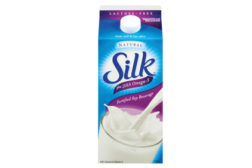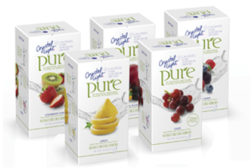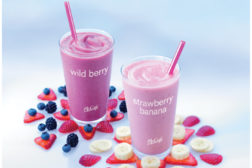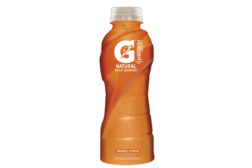Articles by Jessica Jacobsen
Foodservice channel making strides
Fast-casual restaurants a bright spot for industry
July 11, 2011
Coca-Cola's investment in the future
Venturing and Emerging Brands part of company’s evolution
June 20, 2011
Consumers enjoy their cup of tea
Premium, organic positioning heat up tea category
June 20, 2011
Sports Drinks Experience Resurgence
Rebranding and the emergence of no- and low-calorie varieties lead to rebound.
May 16, 2011
Special Report: Global Beverage Trends
International markets exploring more options in beverages.
May 16, 2011
Up Close With Neuro Drinks
California company creates functional formulas for every waking moment.
April 4, 2011
Elevate your expertise in the beverage marketplace with unparalleled insights and connections.
Join thousands of beverage professionals today. Shouldn’t you know what they know?
JOIN NOW!Copyright ©2024. All Rights Reserved BNP Media.
Design, CMS, Hosting & Web Development :: ePublishing








